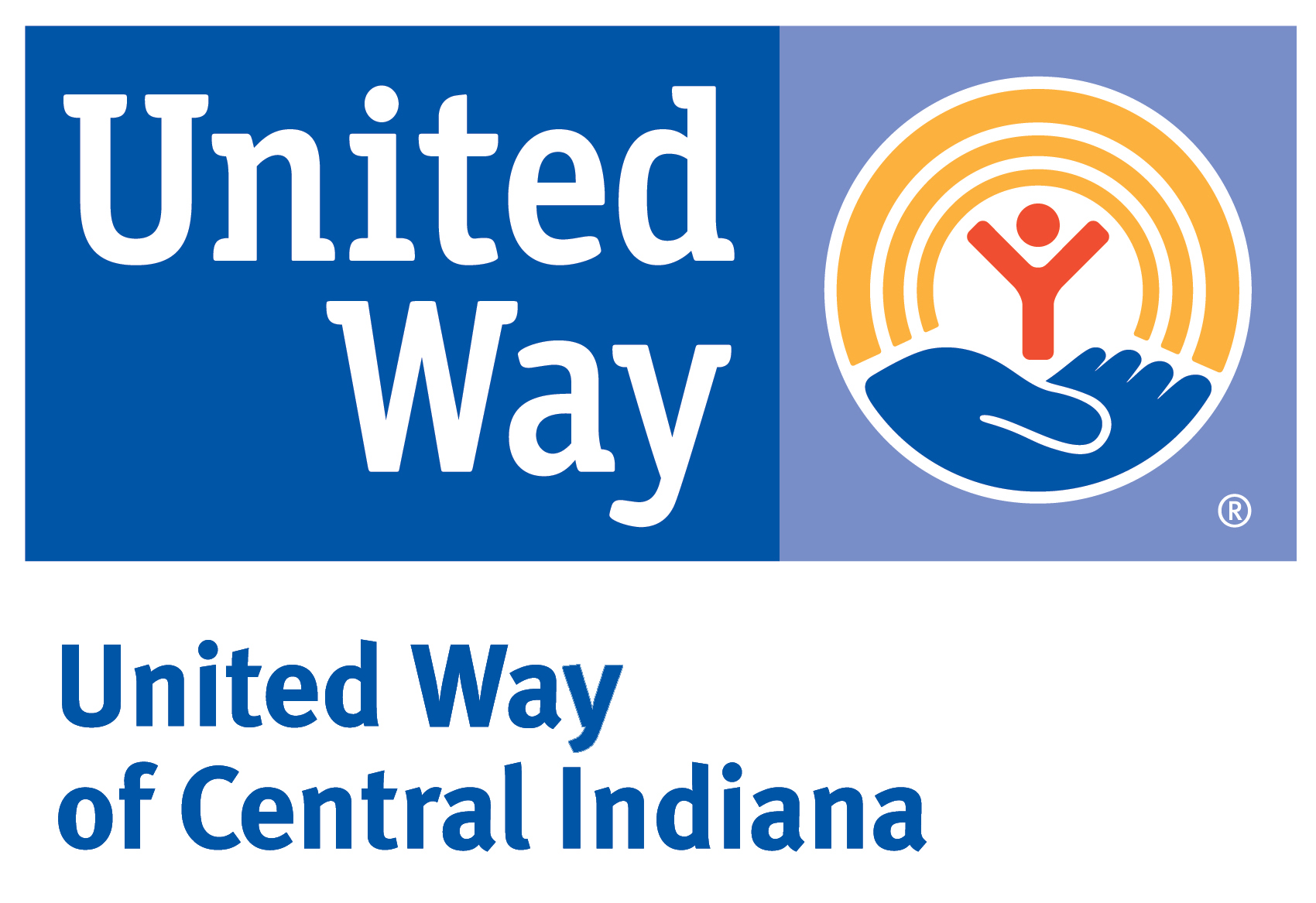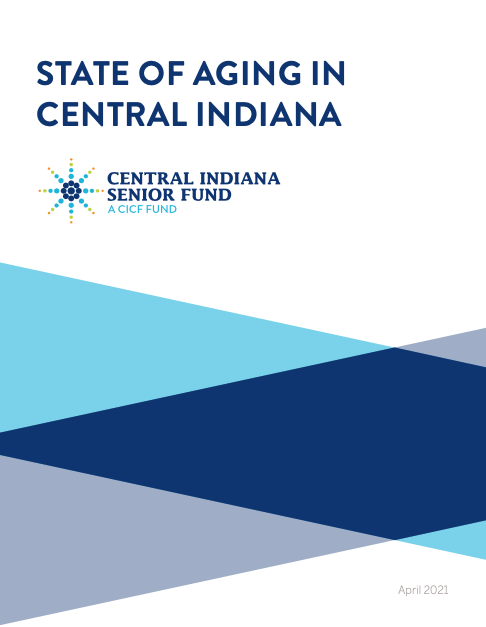Equity in Aging
SAVI Talks - April 22, 2021Older adults face inequities from the actions of individuals and organizations, and at institutional and systemic levels. These inequities are based on, but not limited to, differences in age, race, ethnicity, gender identity, and socioeconomic status and class.
On Thursday, April 22, The Polis Center, SAVI, WFYI, the IU Public Policy Institute, the IU Center on Aging Research, and the Central Indiana Senior Fund, a fund of the Central Indiana Community Foundation, will co-host the SAVI Talks: Equity and Aging webinar.
This event will look at existing financial stability inequities among Central Indiana’s older adult population and consider the impact of the COVID-19 pandemic. Presenters from The Polis Center and IU Public Policy Institute’s Center for Research on Inclusion and Social Policy will present the findings using a social-ecological model as a framework for interpreting the implications of the available data. Our panel noted below, representing social service agencies and the community, will discuss how these inequities are experienced by older adults and consider needed community action. Brittani Howell, Community Engagement Specialist, WFYI Side Effects Media, will moderate the discussion.
The findings draw from the State of Aging in Central Indiana Report, which was developed to serve as the premiere source of data related to growing older in Central Indiana. The report was developed by the Central Indiana Senior Fund in collaboration with The Polis Center at IUPUI, IU Public Policy Institute, and IU Center for Aging Research and will be published April 15.
Older Adults Experiencing Poverty
Articles and Story Maps
Explore other research and interactive content we have developed around equity.
Michigan Street a Century Ago: A Neighborhood Node
Two miles east of downtown, Michigan Street is largely vacant. But in the early 20th century was a bustling corridor for the Willard Park and St. Clair neighborhoods. Discover the history and demographics of these blocks.
Candidate’s Housing Proposal Calls Attention to How We Measure Vacancy Rates
It’s hard to know exactly how many vacant units are in Indianapolis, but it’s clear that many neighborhoods struggle with hypervacancy.
The Changing Landscape of Poverty
One in four residents live in low-income neighborhoods or concentrated poverty. Poverty has been increasing in the Indianapolis region, as it has in many Midwestern metropolitan areas. In 2017, 14 percent of Central Indiana residents lived below the poverty...
Increasing Mortgage Values
Mortgage values are increasing across the county, indicating an increase in housing prices. We explore the fastest changing areas, as well as places with very little little mortgage activity.
Indy’s Poverty Increased over 50 Years, What about Peers?
The Indy region’s poverty rate increased over the past 50 years, mostly between 2000 and 2010. We looked at peer cities from Cincinnati to Austin to see if they experienced similar trends.
In Christian Park, a Postwar Neighborhood Experiences 21st Century Changes
Christian Park was subdivided in the 1920s, but mostly built after World War II. Once an all-white neighborhood with high home ownership, the area has become part of a Latino community on the southeast side, and home ownership has fallen.
Mapping Bands of Urban and Suburban Development
Using the age of housing stock in each neighborhood, we have created “development bands,” which group areas by the time period in which they were primarily built.
Children Transfer Often at Charter Schools, Low-Income Schools
When a student changes schools often, it can impact education outcomes. Charter schools tend to have the highest transfer rates, and a school’s share of students from low-income families has a strong relationship to transfer rates.
Indy Neighborhoods with Fastest Changing Income Diversity
Most neighborhoods became more mixed-income between 2011 and 2016. Farley, near Ben Davis, had the biggest increase in income diversity, while the historically black suburb Grandview had the biggest decrease.
Indy’s Least Mixed-Income Neighborhoods
Explore neighborhoods where residents are highly concentrated into a few income groups. We dive into examples of concentrations of low-income residents, high-income residents, and middle-income residents.
Contributors
Central Indiana Senior Fund Advisory Board
H. Ken Bennett, Center for At-Risk Elders
C. Andrew Class, M.D., St. Vincent Stress Center
Susan Guyett, Retired
Kim Jacobs, Television Producer and Writer
James Leich, Retired President, LeadingAge Indiana
Jane Malkoff, Scout Advocacy
Ellen Miller, UIndy Center for Aging & Community
Keesha Dixon, Asante Art Institute of Indianapolis
Candace Preston, Veterans Health Administration
Heather Hershberger, Consultant
State of Aging in Central Indiana Report Advisory Committee
Gerald Ardis, Flanner House
Duane Etienne, President Emeritus, CICOA Aging & In-Home Solutions
Pat Healey, Ascension Health
Kathryn McEntire, RCI
Ellen Miller, UIndy Center for Agency and Community
Michelle Niemier, Center for At-Risk Elders
Todd Wagoner, Community Health Network
Carolyn Watts, Retired, Indiana Department of Child Services
Ruth Williams, Edna Martin Christian Center
Dustin Ziegler, CICOA Aging & In-Home Solutions
Produced by The Polis Center at IUPUI and SAVI in partnership with the IU Center for Aging Research, and the IU Public Policy Institute’s Center for Research on Inclusion and Social Policy.
IU Center for Aging Research (IUCAR), Regenstrief Institute
Nicole Keith, Research Scientist
Steven Counsell, Research Scientist
Dan Clark, Research Scientist
Center for Research on Inclusion and Social Policy (CRISP)
Breanca Merritt, Chief Health Equity and ADA Officer, Indiana Family and Social Services Administration (Founding Director of the Center for Research on Inclusion and Social Policy)
Kelsie Stringham-Marquis, Research Coordinator, IU Public Policy Institute (PPI)
Katie Rukes, Program Analyst, PPI
The Polis Center at IUPUI (Polis)
Karen F Comer, Director, Collaborative Research
Rebecca Nannery, Senior Research Analyst
Jeramy Townsley, Faculty Research Analyst
Unai Miguel Andres, Research Analyst
Jay Colbert, Data Manager
Matt Nowlin, User Experience Designer
LaShawnda Crowe Storm, Community Organizer
Sharon Kandris, Associate Director
Research Support
Amnah Anwar, Research Assistant, Polis
Mackenzie Dafferner, Research Assistant, IUCAR
Mandy Dhillon, Research Assistant, Polis
Destiny Faceson, Research Assistant, CRISP
Weston Jones, Research Assistant, CRISP
Patrick Lai, Graduate Research Assistant, Polis
Rubi Mallers, Graduate Research Assistant, PPI
Emma Morone, Graduate Intern, Polis
Melissa Sherman, Graduate Research Assistant, IUCAR
Event Partners




SAVI Talks Presenters
Rebecca Nannery
Data Analyst
Polis Center
Matt Nowlin
Data Analyst
Polis Center
Erik Stiner
Stanford University
Panelists
Patrice Duckett
Exec. Director
Fay Biccard Glick, Crooked Creek Neighborhood Center
Allison Luthe
Exec. Director
MLK Community Center
Amy Nelson
Exec Director
Fair Housing Center of Central Indiana
Pamela Ross
VP of Opportunity, Equity & Inclusion
Central Indiana Community Foundation
Moderator
Jill Sheridan
Health & Science Reporter
Indiana Public Broadcasting, WFYI

